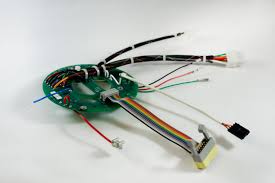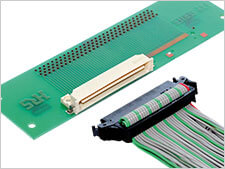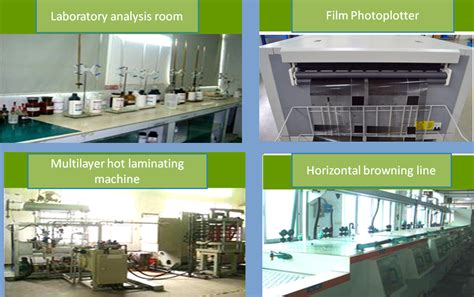Board Wire: Essential Component in Modern Electronics and Electrical Systems
Introduction
Board wire, often referred to as printed circuit board (PCB) wire or wiring harness, is a fundamental component in electronics and electrical systems. It serves as the conductive pathway that connects various components on a circuit board, ensuring the smooth transmission of electrical signals and power. With the rapid advancement of technology, the demand for efficient, reliable, and high-performance board wires has increased significantly. This article explores the types, materials, applications, and future trends of board wire in modern electronics.
Types of Board Wire
Board wires come in different forms, each designed for specific applications. The most common types include:
1. Solid Core Wire
Solid core wire consists of a single, solid conductor, typically made of copper or aluminum. It is rigid and provides excellent conductivity, making it suitable for permanent installations where flexibility is not a concern.
2. Stranded Wire
Stranded wire is composed of multiple thin strands of conductive material twisted together. This design enhances flexibility, making it ideal for applications where the wire needs to bend or move frequently.
3. Shielded Wire
Shielded wire includes an additional conductive layer (usually a metal foil or braided mesh) to protect against electromagnetic interference (EMI) and radio frequency interference (RFI). It is commonly used in high-frequency and sensitive electronic circuits.
4. Ribbon Cable
Ribbon cables consist of multiple parallel wires arranged in a flat, ribbon-like structure. They are widely used in internal computer connections, such as IDE cables for hard drives.
5. Flexible Printed Circuit (FPC) Wire
FPC wires are thin, lightweight, and highly flexible, making them suitable for compact and portable electronic devices like smartphones and wearables.
Materials Used in Board Wire
The choice of material significantly impacts the performance, durability, and cost of board wires. The most commonly used materials include:
1. Copper
Copper is the most widely used conductor due to its excellent electrical conductivity, thermal resistance, and malleability. It is often coated with tin or silver to prevent oxidation.
2. Aluminum
Aluminum is lighter and cheaper than copper but has lower conductivity. It is commonly used in power transmission applications where weight is a critical factor.
3. Gold
Gold-plated wires are used in high-end electronics due to their superior corrosion resistance and conductivity. However, they are expensive and typically reserved for critical connections.
4. Insulation Materials
Common insulation materials include:
- PVC (Polyvinyl Chloride): Affordable and flexible, but less resistant to high temperatures.
- Teflon (PTFE): Highly resistant to heat and chemicals, used in aerospace and military applications.
- Silicone: Flexible and heat-resistant, ideal for high-temperature environments.

Applications of Board Wire
Board wires are integral to various industries, including:
1. Consumer Electronics
Used in smartphones, laptops, TVs, and gaming consoles to connect internal components.
2. Automotive Industry
Essential for wiring harnesses in vehicles, connecting sensors, control units, and infotainment systems.
3. Industrial Automation
Facilitates signal and power transmission in robotics, PLCs (Programmable Logic Controllers), and machinery.
4. Medical Devices
Ensures reliable connections in diagnostic equipment, pacemakers, and imaging systems.
5. Aerospace and Defense
High-performance wires are used in avionics, satellites, and military communication systems.
Future Trends in Board Wire Technology
As technology evolves, board wire manufacturing is advancing to meet new demands:
1. Miniaturization
With the trend toward smaller and more compact devices, ultra-thin and high-density wires are becoming essential.
2. High-Speed Data Transmission
The rise of 5G, IoT, and high-performance computing requires wires with minimal signal loss and high bandwidth.
3. Sustainable Materials
Eco-friendly and recyclable materials are being developed to reduce environmental impact.
4. Smart Wires
Integration of sensors and self-diagnostic capabilities to detect faults and optimize performance.

Conclusion
Board wire is a critical component in modern electronics, enabling the functionality of countless devices across industries. As technology progresses, innovations in materials, design, and manufacturing will continue to enhance the performance and reliability of board wires. Understanding the different types, materials, and applications helps engineers and designers select the right wire for their specific needs, ensuring optimal performance in an increasingly connected world.
This article provides a comprehensive overview of board wire, covering its types, materials, applications, and future trends. Let me know if you’d like any modifications or additional details!





